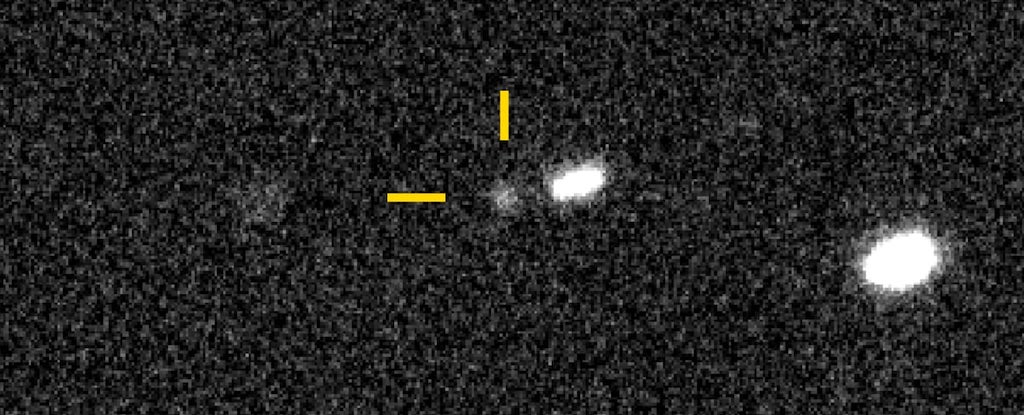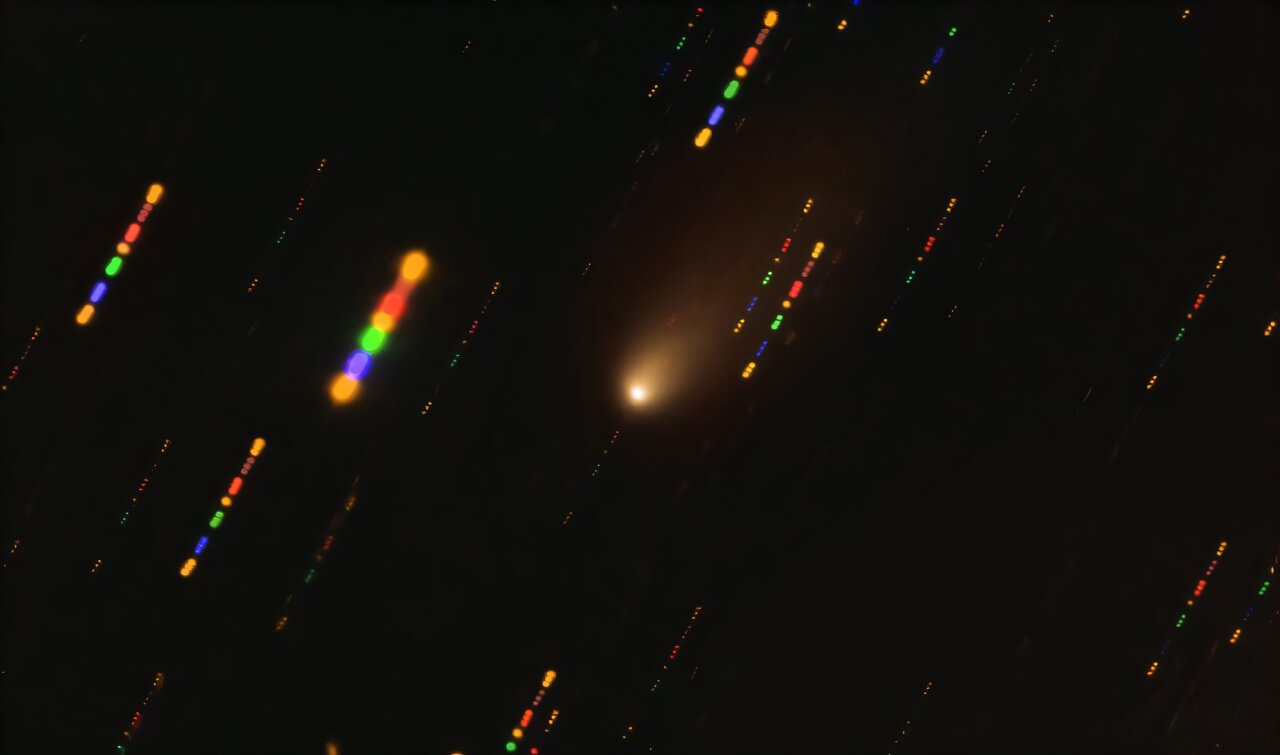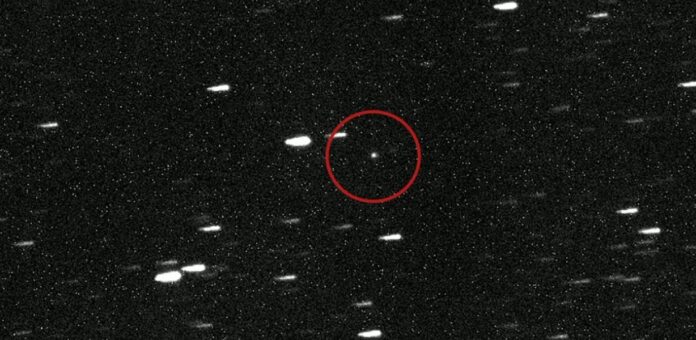Astronomers just detected an interstellar object, which is now designated as 3I/ATLAS or C/2025 N1. It speeds through our solar system at approximately 60 km/s. That’s approximately 37 miles per second. It’s the third interstellar visitor, following Oumuamua and Borisov.
Discovery and Trajectory
Chilean telescopes spotted the object on July 1, 2025. Previous observations followed it back to June 14. It appeared from the Sagittarius direction, and its hyperbolic trajectory proves it didn’t come from here. It’s arriving from interstellar space (beyond our solar system) and will depart.

Viewers caught a slight coma and a short tail, indicating it acts like a comet. Its initial brightness suggests a diameter of up to 20 km, but possibly a smaller solid core. Scientists liken it to Borisov, another icy intruder, but 3I/ATLAS is considerably larger.
Safe Distance, Close Look
NASA assured that it poses no threat. It will not approach closer than 1.6 AU, or around 150 million miles, from Earth. It will come closest to the Sun on October 30, crossing within the orbit of Mars. It will then depart our solar system once more.
This is the third confirmed interstellar visitor in documented history. These excursions could become more frequent as sky surveys become better. Every sighting provides a rare opportunity to examine material from another star system.
Scientists are eager to discover what these visitors tell us about planetary evolution and the broader galaxy.
Observation Opportunities
Amateur astronomers will be able to view it through telescopes later in the year. As it swings by the Sun and gets brighter, it will become easier to see. The Virtual Telescope Project and others will live stream it. The comet will be seen in the night sky between late 2025 and early 2026.

Our solar system is not alone. Visitors such as this carry messages from other worlds. They enable scientists to test theories on the formation of planets throughout the galaxy. Each interstellar visitor contributes to this cosmic jigsaw.
What to Look Out For
- Brightness: The coma and tail may become brighter as the object heats up.
- Orbit: It will pass by Mars in October.
- Visibility: Amateur telescopes should be able to see it shortly.
- Aftermath: Larger observatories will analyse its makeup.
These rare visits remind us that our Sun shares space with countless other stars. Each visitor carries secrets from their home system. Studying them teaches us more about our place in the universe. It also hints at what lies beyond our reach, waiting to be discovered.
Stay tuned to Brandsynario for latest news and updates




































